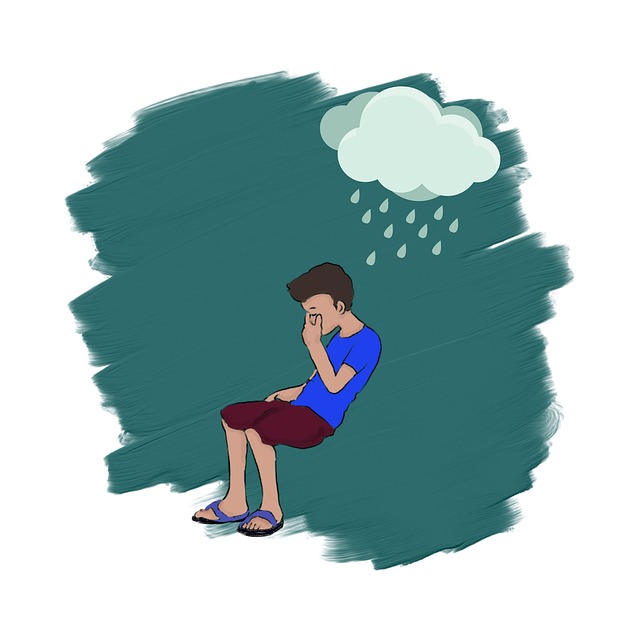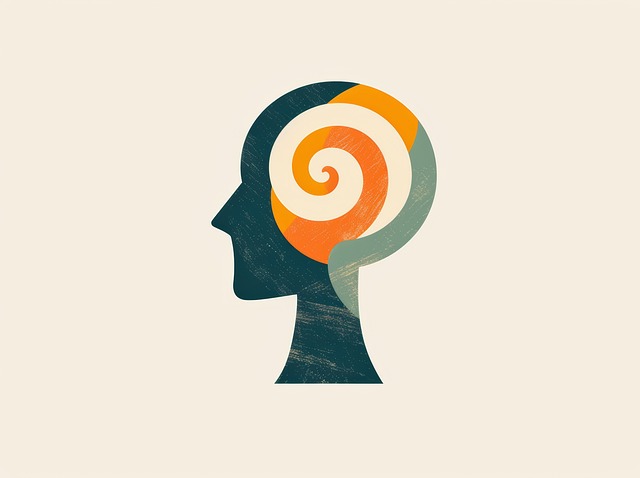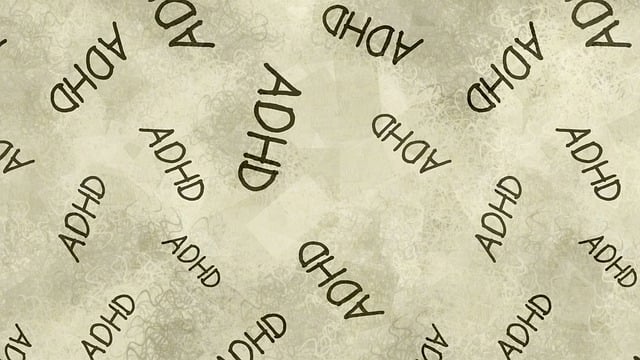Developing a successful marketing strategy for a wellness app targeting teens and families involves understanding their unique mental health challenges, such as anxiety and depression. The app should offer tailored solutions like therapy for adolescent teens and family counseling, along with self-awareness exercises to empower teens and strengthen family connections. Key marketing efforts should focus on reducing stigma, emphasizing accessibility, and utilizing digital platforms (social media, SEO-optimized websites) to reach adolescents and their families. Measuring success through KPIs like downloads, user retention, and session duration ensures the app effectively promotes mental health and aligns with marketing goals.
In today’s digital age, mental wellness apps offer a crucial resource for adolescent teens and their families seeking therapy and family counseling. To thrive in this competitive market, developers must craft a comprehensive marketing strategy that understands target audience needs and pain points related to mental health. By defining unique value propositions, creating engaging content, selecting the right channels, and tracking key performance indicators, apps can effectively reach and support their intended users. This article guides you through each step of developing a winning marketing strategy for mental wellness apps focused on adolescent teens and families.
- Market Understanding: Identify Target Audience Needs and Pain Points in Adolescent Mental Health
- Positioning and Value Proposition: Defining Your App's Unique Benefits for Teens and Families
- Content Marketing Strategy: Creating Engaging Resources for Education and Awareness
- Channel Selection: Choosing the Right Platforms to Reach Your Target Market
- Measuring Success: Key Performance Indicators (KPIs) for Tracking App Adoption and User Engagement
Market Understanding: Identify Target Audience Needs and Pain Points in Adolescent Mental Health

Understanding the adolescent mental health landscape is crucial for developing an effective marketing strategy for a wellness app. The target audience, teenaged users and their families, often face unique challenges related to mental illness, including anxiety, depression, and stress. Many adolescents struggle with self-expression and managing their emotions, which can be exacerbated by societal stigma surrounding mental health issues.
Marketing efforts should focus on addressing these pain points through tailored solutions. Offering Therapy for Adolescent Teens and Family Counseling within the app can be a game-changer. By incorporating Self-Awareness Exercises and Emotional Well-being Promotion Techniques, the app can empower teens to take charge of their mental health while also fostering stronger family connections. Reducing the stigma associated with seeking help is essential; successful marketing will highlight these benefits, making it an appealing and accessible resource for adolescents and their families.
Positioning and Value Proposition: Defining Your App's Unique Benefits for Teens and Families

In today’s digital era, mental wellness apps offer a unique and accessible approach to supporting teens and families navigating complex emotional landscapes. To stand out in the market, it’s crucial to articulate a clear positioning strategy that highlights your app’s distinct value proposition. Define how your platform goes beyond traditional therapy for adolescent teens and family counseling by offering innovative solutions tailored to contemporary challenges.
Focus on the specific benefits that set your app apart, such as user-friendly interfaces designed with younger audiences in mind, crisis intervention guidance integrated into daily routines, or risk assessment tools that empower mental wellness professionals to provide proactive support. Emphasize how these features foster open communication and encourage teens to actively participate in their mental health journeys while ensuring families receive the necessary tools for effective monitoring and guidance.
Content Marketing Strategy: Creating Engaging Resources for Education and Awareness

In today’s digital era, a robust content marketing strategy is instrumental in reaching and supporting individuals seeking mental wellness solutions, especially when targeting specific demographics like adolescent teens and their families. Creating engaging resources focused on education and awareness can effectively highlight the benefits of therapy and family counseling. By sharing insightful articles, blogs, or videos addressing common mental health challenges faced by teens and offering practical guidance, the app can establish itself as a trusted source of information.
This approach not only educates but also empowers users to take proactive steps towards their well-being. Incorporating keywords like “therapy for adolescent teens” and “family counseling” naturally within this content ensures search engine visibility, making it easier for those in need to discover the app. Additionally, integrating related topics such as crisis intervention guidance, healthcare provider cultural competency training, and risk management planning for mental health professionals can further enhance the app’s authority and appeal to a wider audience.
Channel Selection: Choosing the Right Platforms to Reach Your Target Market

Reaching your target market is crucial for a mental wellness app’s success. When developing your marketing strategy, consider the unique needs and preferences of your audience—specifically, adolescents and their families seeking therapy or counseling services. The ideal channel selection should involve a mix of digital platforms that cater to this demographic. Social media, with its vast reach, can be an effective tool for spreading awareness, especially through targeted ads on Instagram or TikTok, where teens are most active. Additionally, partnering with influencers who advocate for mental health can help destigmatize the topic and attract younger users.
Complementing social media marketing, a content-rich website optimized for SEO is essential. It should clearly communicate the app’s features and benefits while incorporating relevant keywords like “Therapy for Adolescent Teens” and “Family Counseling.” Furthermore, integrating blog posts or articles on stress management workshops, mood regulation techniques, and self-care practices can engage users and establish your organization as a valuable resource in the mental wellness space.
Measuring Success: Key Performance Indicators (KPIs) for Tracking App Adoption and User Engagement

Measuring success is a vital component of any marketing strategy for mental wellness apps, especially when targeting sensitive areas like therapy for adolescent teens and family counseling. Key Performance Indicators (KPIs) provide a clear framework to track app adoption and user engagement. One primary KPI could be the number of downloads, reflecting the reach and accessibility of the app. Additionally, tracking the retention rate – how many users return to the app over time – offers insight into user satisfaction and the app’s ability to foster continuous mental health support.
Engagement metrics such as daily active users (DAUs) and session duration provide deeper understanding of user interaction with specific features like therapy sessions or educational programs designed for inner strength development and mental health education. Measuring positive thinking trends within user interactions can also be a valuable KPI, highlighting the app’s impact on promoting healthy attitudes. These KPIs collectively help in refining marketing strategies, ensuring that efforts are aligned with enhancing user experience and achieving the ultimate goal of improving mental wellness among target audiences.
In developing a marketing strategy for a mental wellness app focused on therapy for adolescent teens and family counseling, understanding the target audience’s needs is paramount. By combining engaging content with targeted channels like social media and influencer partnerships, apps can effectively reach and support teens and their families. Measuring success through KPIs such as app downloads, user engagement, and positive reviews ensures that the app provides real value. This holistic approach not only promotes mental wellness but also establishes a trusted resource for adolescent mental health.














